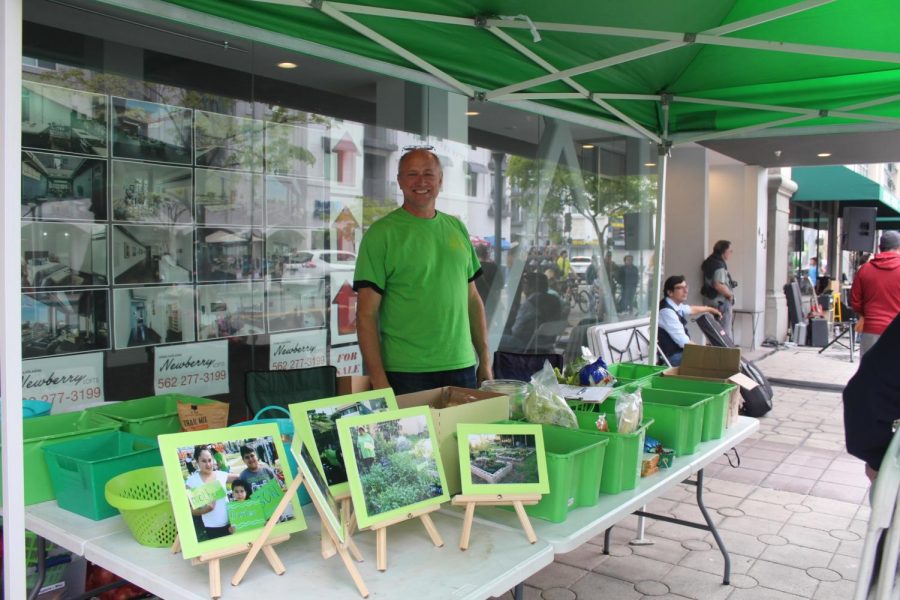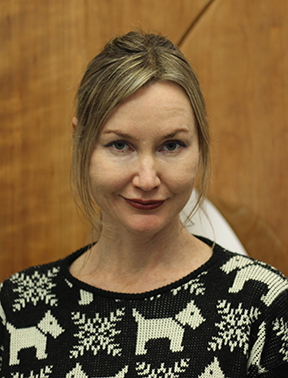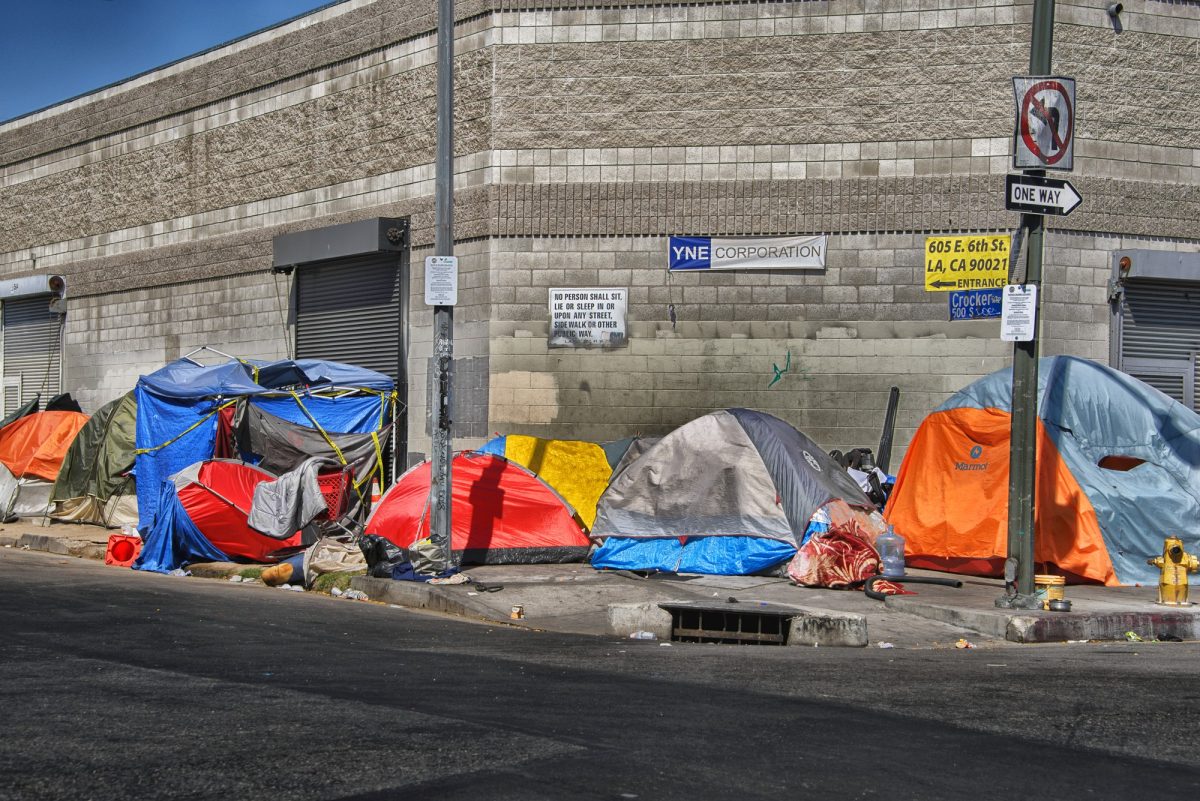In an effort to address the environmental inequities faced by communities in close proximity to industrial sites like the Port of Los Angeles, downtown Long Beach hosted an Earth Day festival on April 27 with resources and guest speakers to highlight the need for environmental education and justice in the Port community.
According to Barbara Feder Ostrov of the Center for Health Journalism, “Asthma, sleep deprivation, hypertension [and] cancer all have been linked to living near the Port.”
Residents on the west side of Long Beach, adjacent to the Port, are at a disproportionally greater risk for disease and early death than residents on the east side.
Amongst the local organizations present at the event was the East Yard Communities for Environmental Justice, a local activist group that partners with the Natural Resources Defense Council to help raise awareness of the impacts of industrial pollution on west Long Beach residents.
Together with Southern California Edison and Southern California Gas Company, they distributed information about energy equity and the “emPower” survey, which seeks to identify low-income residents who may qualify for free solar panels and rebates on plug-in and hybrid vehicles.
The Long Beach Water Department was on-hand distributing lightweight clip-on water packs that make saving plastic from single-use water bottles a no-brainer.
They also had their infamous ‘one song’ shower booth available for a fun photo op and to remind residents that they should be able to take a shower in five minutes or less, saving not only water but also money.
Another local group, Long Beach 350, which according to its Facebook page is about, “People Power creating local solutions to the global climate crisis,” was present to educate and advocate for local input to the upcoming first-ever Climate Action and Adaptation Plan currently being drafted by the city.
Alice Stevens, a volunteer, said, “350 is our name because it’s the level of C02 in the air that’s a safe, comfortable climate to live in and we’re already at 411 [parts per million].
The more we burn [carbon] it’s just going to continue to climb, so we can’t continue in that direction.”
She went on to explain that, “In the west side the extreme heat is a huge problem.” Fellow volunteer Patricia Chen added, “What the west side is lacking is trees, parks, shrubbery and shade and it’s really important to consider those needs and prioritize them.”
Long Beach Community Table, a local organization dedicated to providing free fresh produce to the homeless and food insecure populations was present to offer free food as well as community gardening services.
The organizations founder, Kristin Gritter Cox said, “What we’re finding is that there are so many good people in Long Beach that really will show up, the need is obvious, and it’s growing unfortunately, there are so many people who are hurting, who are struggling and we want to help them to keep from slipping through the cracks.”
The title sponsor and supporter of the event was First District Councilwoman Lena Gonzalez who said, “The environment is something that I am very passionate about, especially given where my district is located– I think it is important to educate our residents about ways they, too can live environmentally conscious.”
Gonzalez took the lead in banning polystyrene in Long Beach last year.
In a district whose skyline is made up of cranes from the port, storage tanks for the oil refinery and the refinery itself, West Long Beach faces an uphill battle when it comes to air pollution but the Climate Action and Adaptation Plan currently being drafted by the city offers a glimmer of hope that may just cut through and cut out the smog, once and for all.










